When it comes to textured hair care, there is no one size fits all. The diversity of density, porosity, and curl level all play a role in determining what textured hair needs and why. Textured hair is a term describing any hair strands that have a particular shape or curl pattern (as opposed to the straight, fine variety linked to Caucasian genetics). Most often associated with Black natural hair, “textured hair” is a term that encompasses any locks with a kinky, coily, curly, or wavy nature.
Because of the naturally kinky characteristics of textured hair, it can tend to tangle and knot more easily. This can also make it harder to help the hair retain moisture. In this post, we’ll do a deep dive into textured hair and everything you need to know about helping it thrive.
Structural Differences
Textured and straight hair differ significantly in both structure and care needs. From the way they retain moisture to how they respond to products, these differences begin at the root—literally.
Anatomically, the shape of the hair follicle determines the natural curl pattern. Textured or tightly coiled hair tends to grow from flatter, more elliptical follicles, while wavy or loosely curled hair stems from oval-shaped follicles. In contrast, straight hair typically grows from round follicles, resulting in a smoother, sleeker strand.
Keratin also plays a key role. This essential protein helps maintain hair’s strength, smoothness, and shine. When keratin levels are lower or disrupted, hair becomes more vulnerable to dryness, frizz, and breakage—especially in textured hair, which naturally has more twists and bends along the shaft.
Porosity—the hair's ability to absorb and retain moisture—is another factor that varies widely. Hair porosity is typically classified into three levels:
● Low - Low porosity hair struggles to both absorb and release moisture as the cuticles are closely packed together and can even overlap. *Tip - Use our Lift Spray to help absorb moisture and add volume to low porosity hair.
● Medium - Medium porosity hair allows moisture to penetrate easily, and the hair retains moisture for longer, too. The cuticles are “normally” spaced, so they’re not too close together or far apart. *Tip - Apply our Serum Spray to balance and seal in moisture while adding a protective layer to medium porous hair.
● High - High porosity hair has widely spaced cuticles, so it absorbs and loses moisture with ease. Straight hair tends to be on the lower porosity end of the spectrum, while textured, curly, or kinky hair tends to be higher porosity. This is why people with textured hair tend to need a much more rigorous hydration routine for their hair. *Tip - Use our Hair Cream to lock in moisture, soften, shine, help strengthen and conceal damage with highly porous hair.
Textured Hair Types
If you or someone you know has textured hair, you may be familiar with the curl type system. This system allows people with textured hair to communicate their needs better to haircare professionals and gain a deeper understanding of what kind of products will work best for their locks. Within the curl type system, you have four different levels of texture, ranging from straight to kinky. It goes as follows:
● 1 (straight) Balance Shampoo
● 2 (wavy) Balance Shampoo
● 3 (curly) Balance Conditioner
● 4 (kinky) Balance Conditioner
These numbers provide a basic indication of the general hair or curl type that a person has. But it doesn’t stop there. These four hair types are then further divided into an additional three subsections (A, B, and C) which indicate the intensity of that type. For example, 1A would represent the straightest, finest hair type possible. Subsequently, 4C would represent the hair with the highest kink and texture level possible.
What Does Textured Hair Need To Thrive?
All hair is different—we know that much. But there are some haircare practices that work for a vast majority of people with textured hair. Help your textured hair thrive by following these three tips.
1. Moisture
The more textured a person’s hair is, the more moisture it needs to be healthy. Moisture are the oils, lipids, sebum, waxes and triglycerides that coat the hair, seal, smooth, and protect the hair shaft. It takes longer for these moisturizing agents to travel down tight curls or coils, which means more frequent and
intensive moisturization is required. Use our Enrich Conditioning Mask to restore oil, soften and protect hair, and seal in moisture. If you have high porosity hair, you need to regularly replenish it with nourishing, easily absorbable oils that keep it soft and shiny for longer. The best natural oils for thicker, coarse-textured hair are olive oil, hemp seed oil, shea butter, sweet almond oil and coconut oil.
These oils work best for heavily textured hair because they can be easily absorbed and help seal off porous areas to lock in moisture. A lot of these oils also contain important nutrients and antioxidants for hair, such as Omega 6, vitamins C, E, and K, as well as oleic acid.
2. Protein
Hair that’s in need of protein is soft, weak, and damaged, and has either been chemically processed or is so fine it doesn’t have a medulla. If your hair lacks protein, you need to use shampoos and conditioners with hydrolyzed proteins and amino acids. This will add strength to your hair and protect it from the elements. *Products to use for protein depleted hair: Nourish Shampoo and Nourish Conditioner.
3. Weekly or bi-weekly washing
Differently from straight, low porosity hair, textured hair doesn’t need to be washed as often. In fact, over-washing in hard water is likely to cause more problems than anything else. Most people with textured hair wash it on either a weekly or bi-weekly basis, depending on the curl type and texture.
How To Care For And Maintain Textured Hair In terms of lifelong care, textured and kinky hair requires a very different routine from that of straight, fine hair. Following these tips for healthy and hydrated textured hair will help you keep your locks happy for the rest of your days.
● Only detangle when wet and use a wide-tooth comb or hair pick – Dry brushing or regular heat styling of curly, kinky, or textured hair is a major cause of hair loss, strand breakage, high frizz levels, and a sore scalp. The best time to detangle textured hair is while you’re in the shower or bath and have plenty of conditioner to keep things slick.
● Use deep moisture products – The more moisture your conditioner or haircare products contain, the healthier and shinier your hair will be. Don’t be afraid to use a lot. *Apply Enrich Conditioning Mask for intense moisture, softening and shine.
● Co-washing – Co-washing is when you wash your hair with only conditioner, no shampoo. This helps cleanse the hair without removing excess natural oils, helping hair retain maximum moisture. *Apply Balance Conditioner for an incredible co-washing experience.
● Air dry – Textured hair wants to be treated as gently as possible. Using heated tools or a rough towel may cause damage, dryness, and breakage—rather, allow it to air dry naturally.
● Sleep in a satin or silk bonnet – Giving your hair a soft, smooth environment to rest in overnight can significantly reduce breakage and tangling. It also helps your hair retain moisture. Another simple but highly important thing you can do to care for your textured hair is to drink plenty of water and eat food that’s rich in nourishing nutrients, vitamins, and minerals. If you can start upping your internal health, it will start to show in your skin, nails, and of course, your hair!
Written By Steph Davidson and Josh Rosebrook
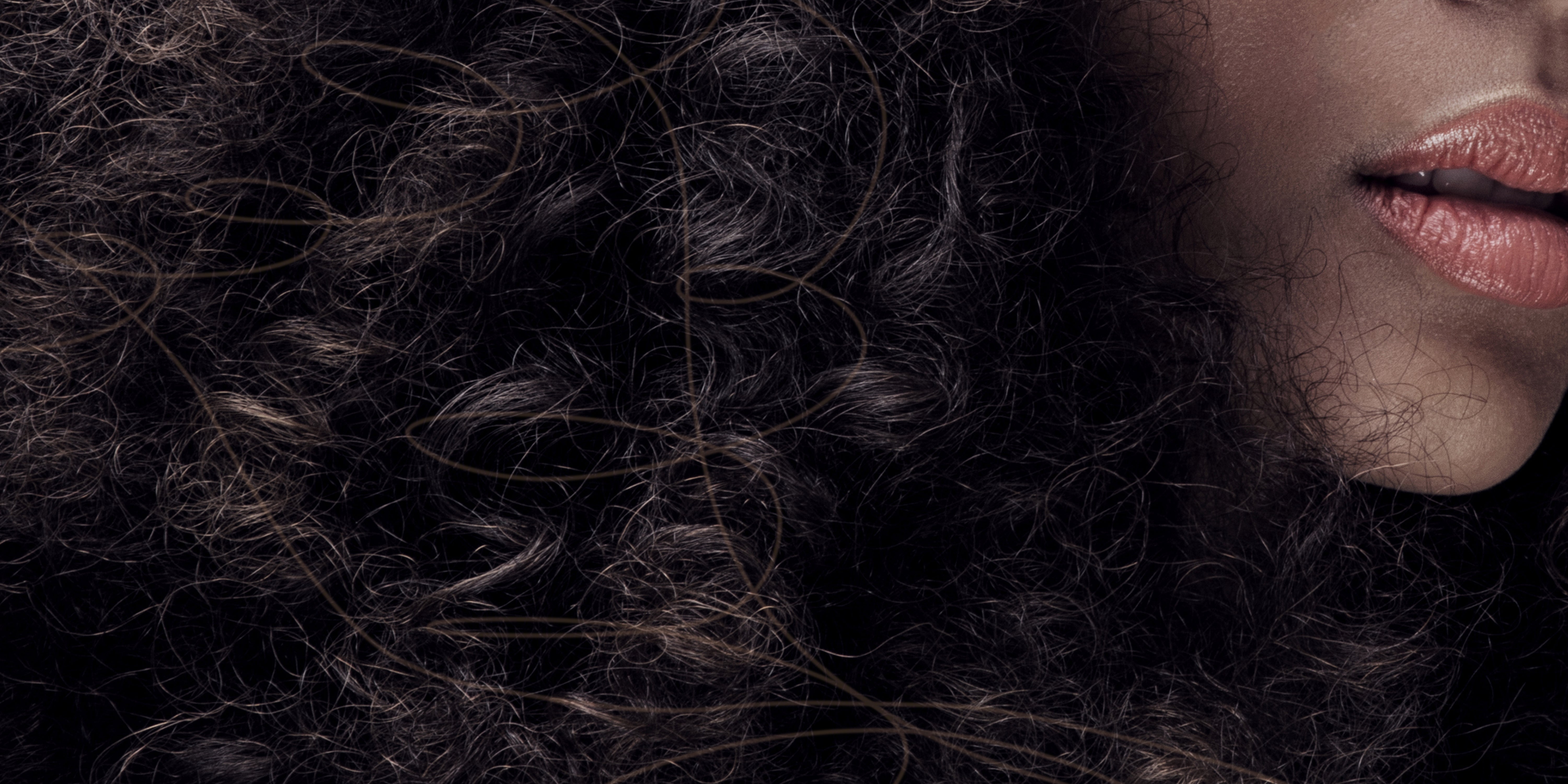



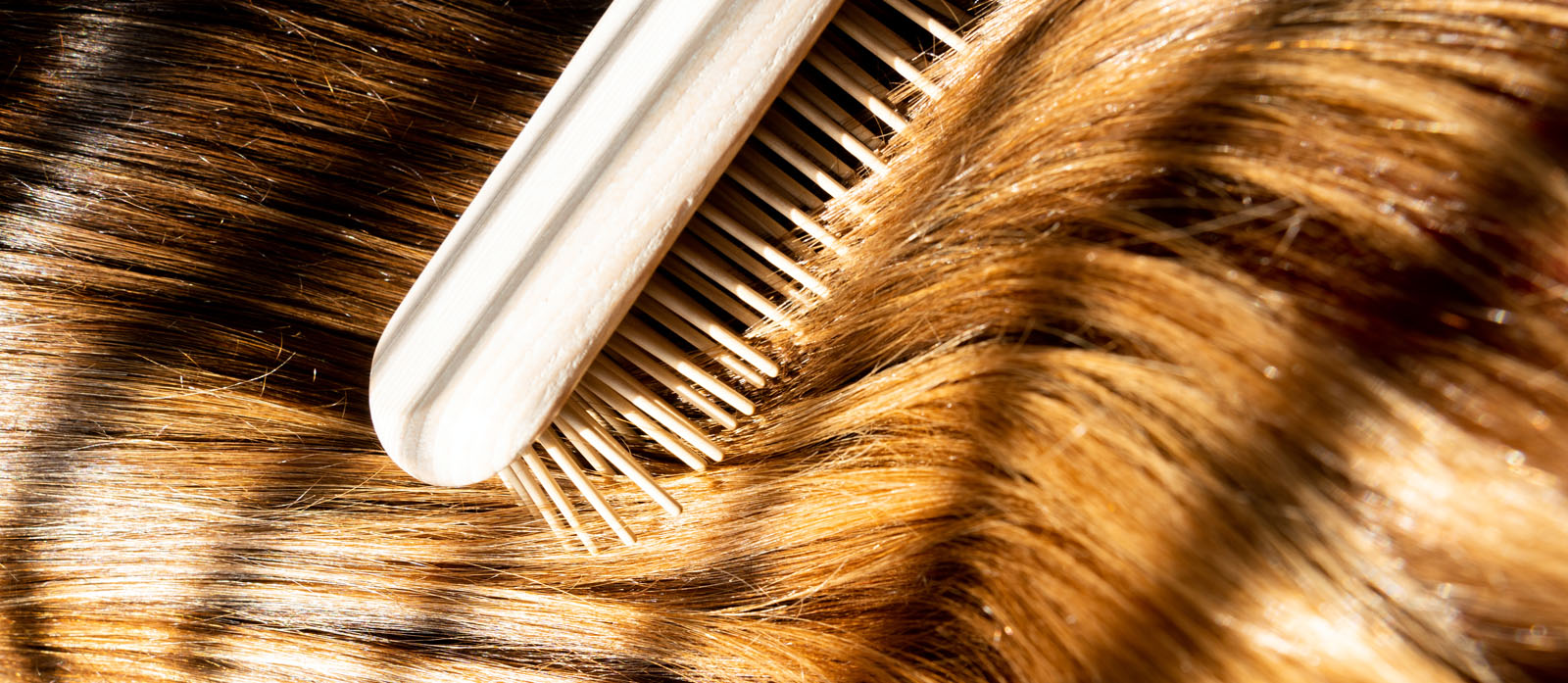
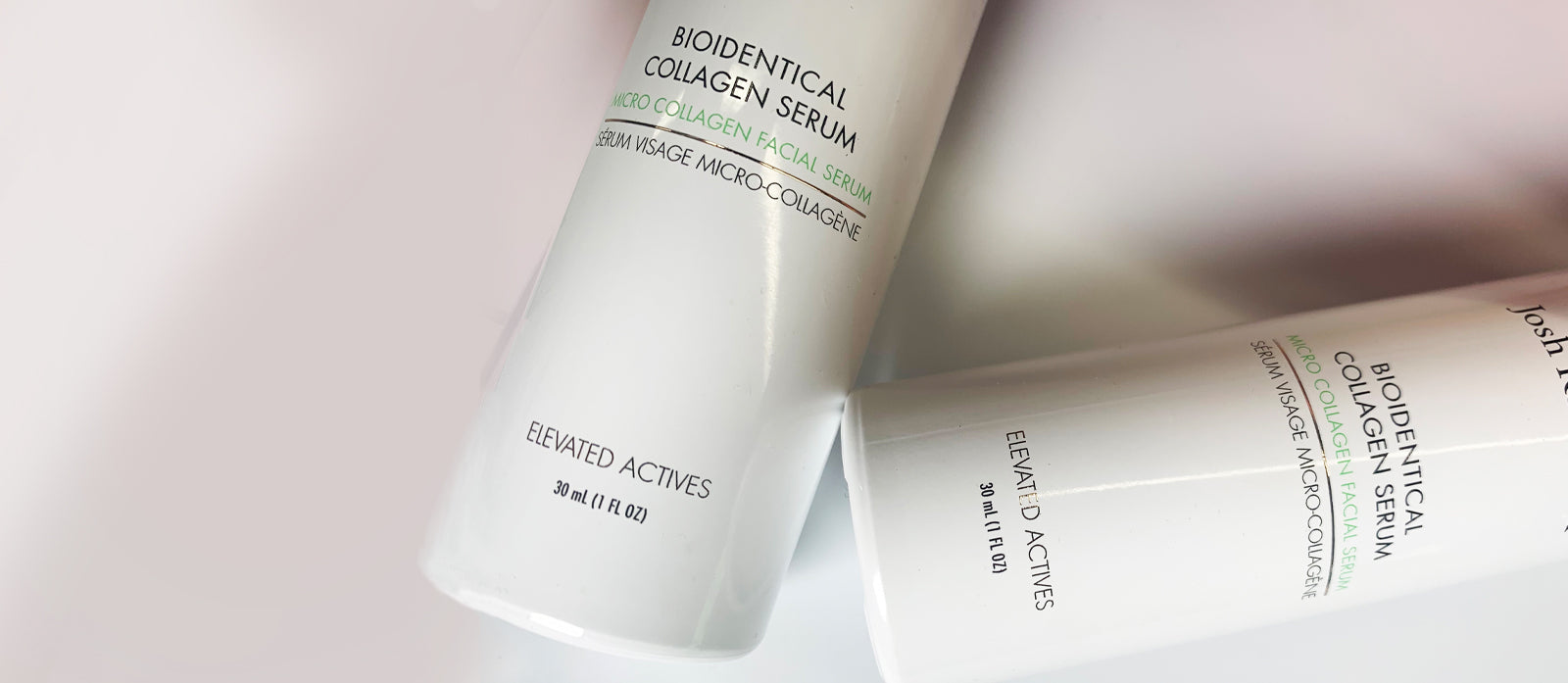
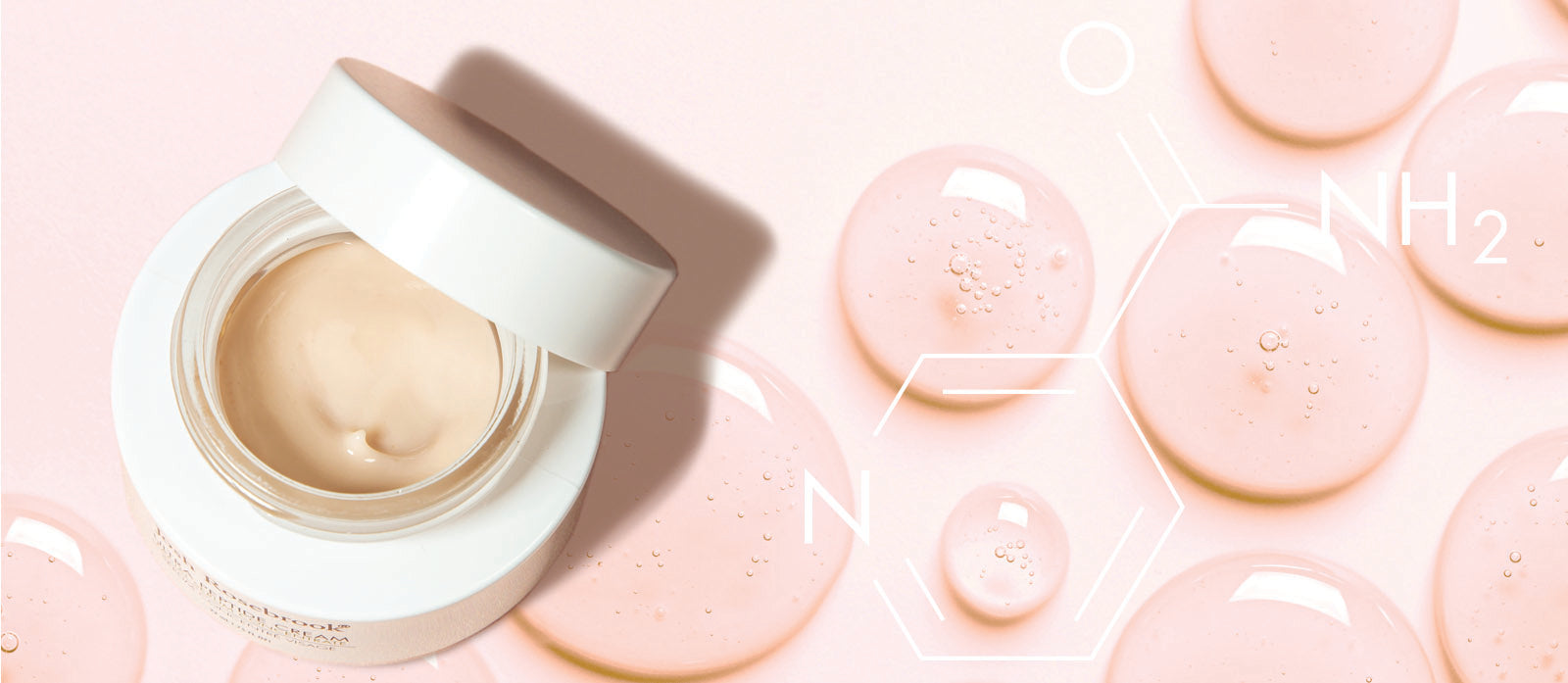
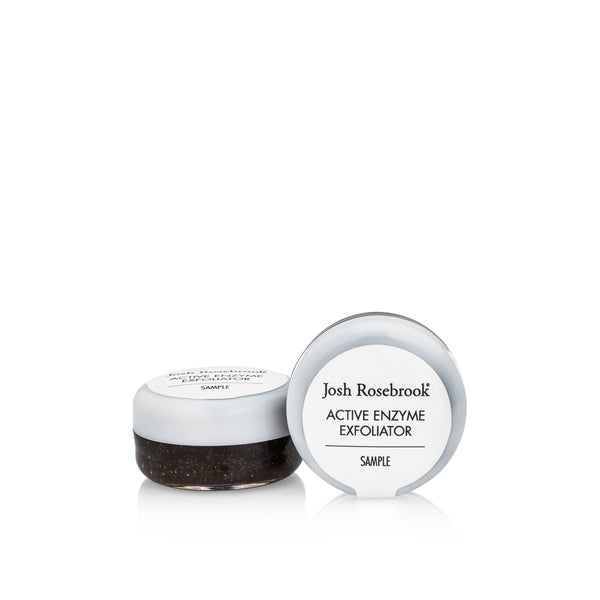
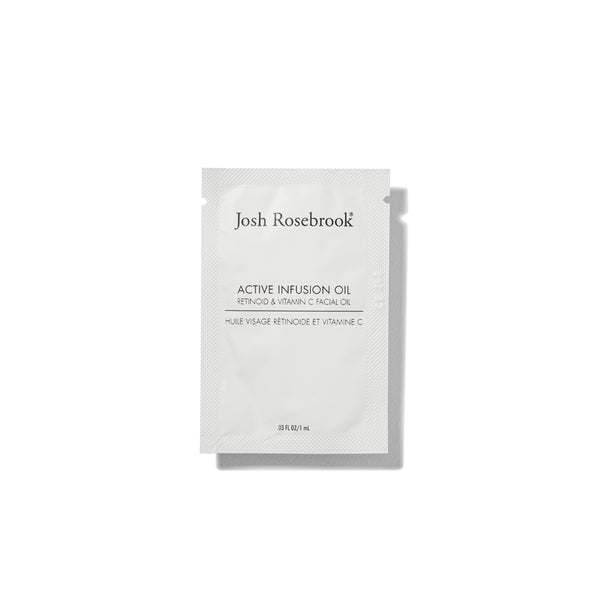
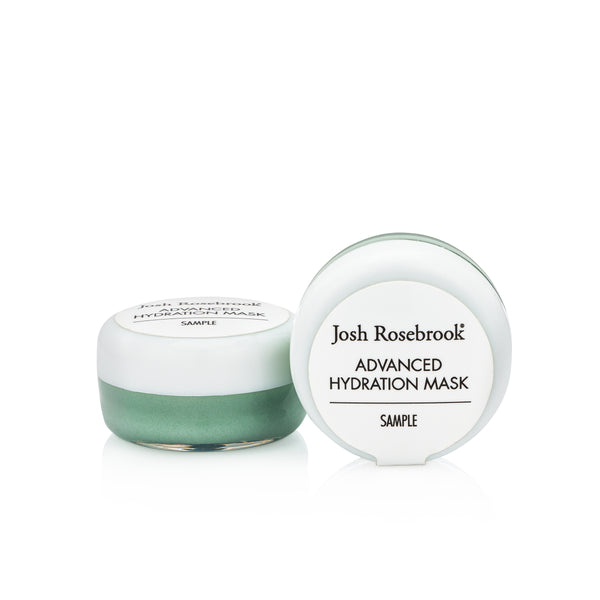
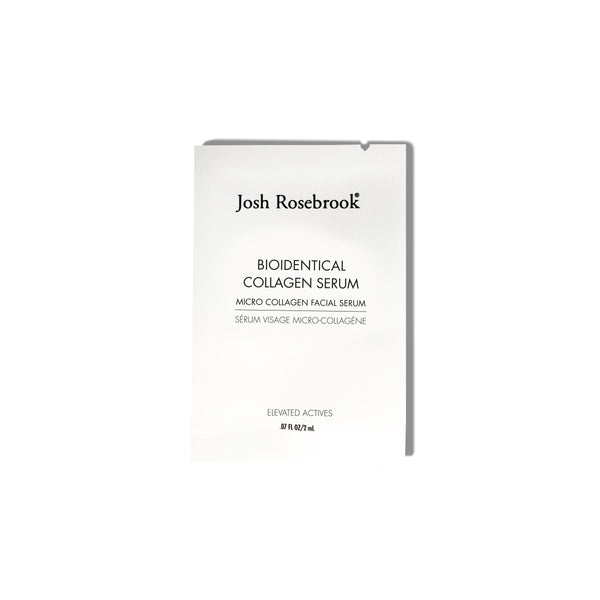

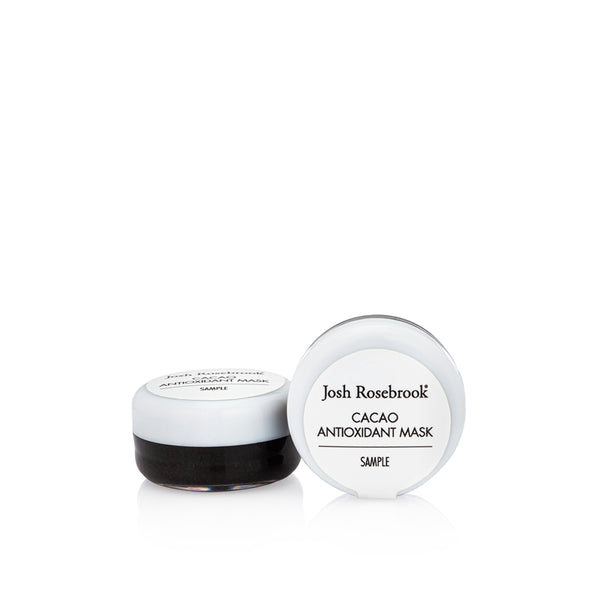
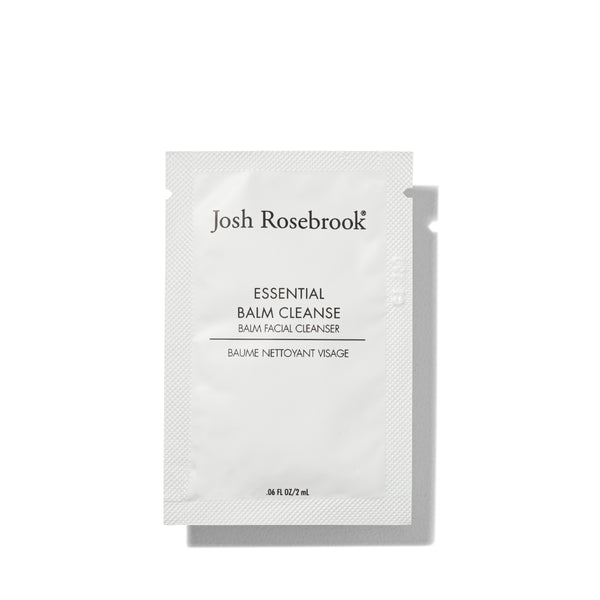

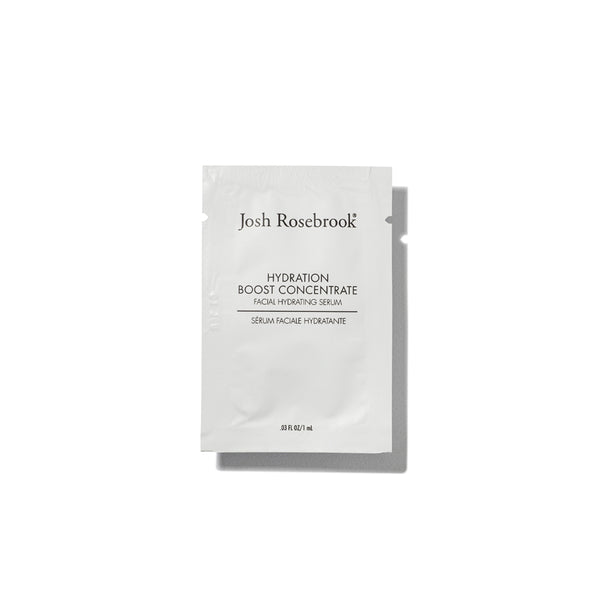
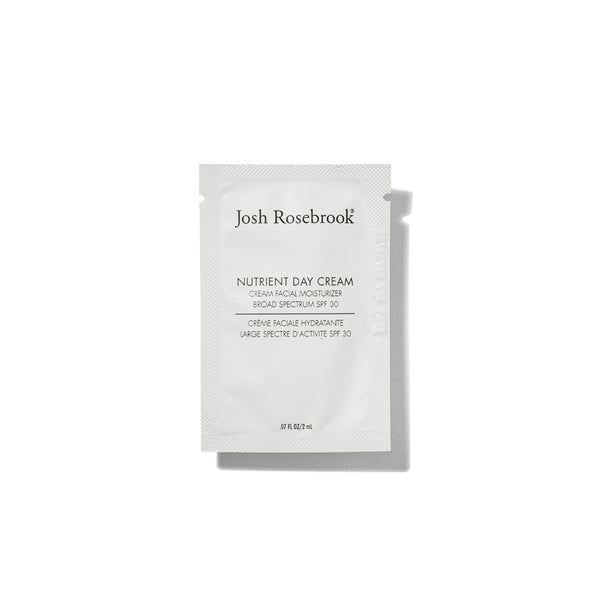


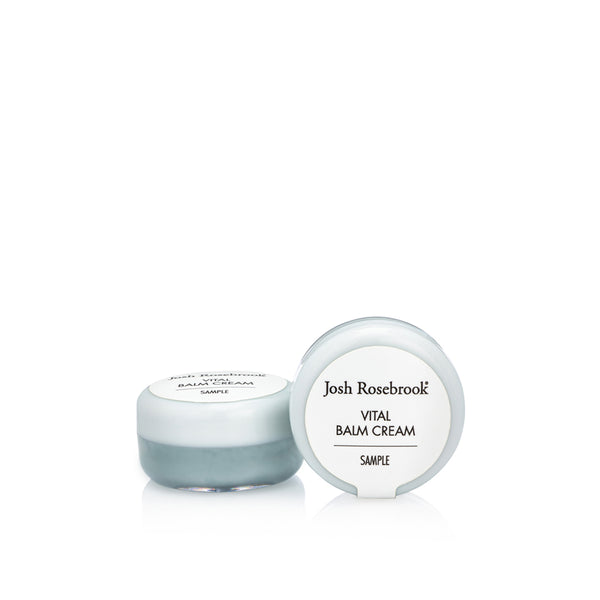
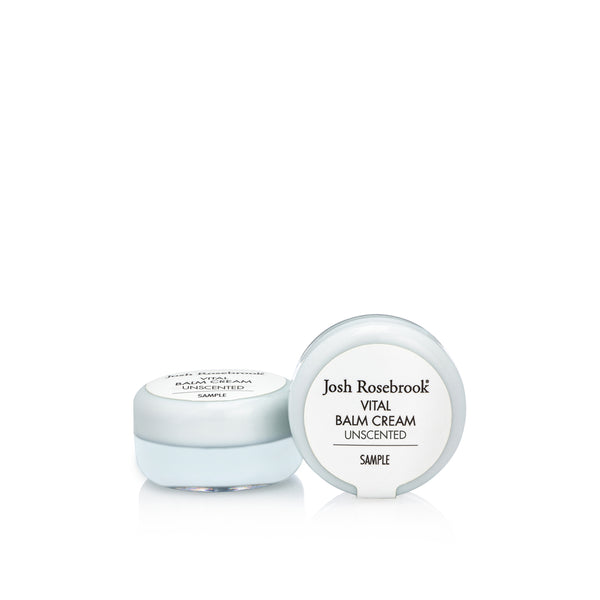
WRITTEN BY Josh Rosebrook